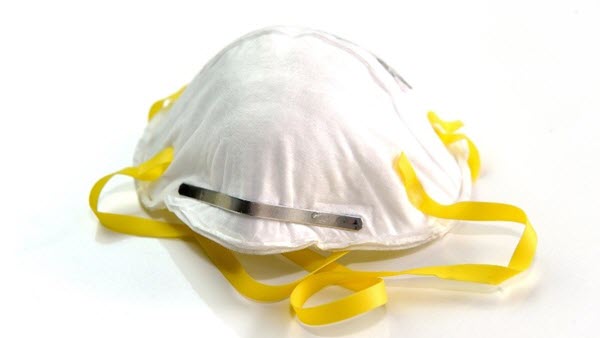While such goggles don’t force away particle transmission with 100% precision, they can be successful in preventing the spread of infection.
N95 markers can be purchased with our without a device to help simpler breathing. Maximum protection is achieved once the respirator disguise matches well to the face, within the nose and mouth without causing start rooms across the edge. Respirator markers should be fitted precisely to the wearer and not be obstructed by undesired facial hair or jewelry. A poorly fitted respirator mask has better possible to permit air contaminants to enter through gaps along the edges of the mask, providing lower degrees of safety contrary to the inhalation or distribute of contaminants when compared to a well fixed one.
Respirator goggles are commonly used for occupational security, and are particularly popular in professional and medical care facilities. Masks utilized in the office must certanly be NIOSH-approved, indicating they meet minimum criteria put forth by the National Institute for Occupational Security and Health. The intended function should really be kept in mind when buying respirator masks. Different types are designed for specific applications and present varying quantities of protection. Yet another concern is whether the disguise contains latex, an allergen for some people. Latex free N95 respirator masks can be found, and will soon be marked as such.
The N95 is typically the most popular group of particulate respirator n95 masks that match United Claims government standards. The facial skin masks are tried to cut back experience of airborne contaminates by NIOSH – the National Institiute for Occupational Safety and Health. NIOSH has nine full acceptance courses, N95, N99, N100, R95, R99, R100, P95, P99, P100 organized by fat compatibility and filter efficiency.
The page signifies how a filtration checks in situations confronted with oil aerosols: N95, N99, & N100. These filters are not to be used in combination with oil aerosols. These should be found in situations confronted with particulates which don’t include oil. Oftentimes, the n- respirators could be recycled multiple times. R95, R99, & R100. These filters are gas resistant. The r- respirators may be used in atmospheres containing particulates any stable or fluid threat including oil-based hazards. They’re one-time use masks.
P95, P99, & P100. These filters are gas proof. These respirators can be utilized in virtually any setting confronted with hazardous particulates. The p- respirators are subject to time of good use limitations. The filtration efficiency quantity identifies the proportion of airborne particulates which were removed in testing: 95%, 99%, and 100%. If a mask is NIOSH approved then it may have a stamp of approval class printed on the respirator.
NIOSH approved goggles are also made of different dimensions, and a properly fitting mask is vitally important. When test-fitting an N95 disguise and other particulate respirator mask, follow these easy measures: Push the mask (respirator ) strongly against the face with the exterior nosepiece on the bridge of one’s nose. Expand and place the most truly effective scarf on the rear of your face above your ears. Expand the bottom headband around the top and place below your ears.
With both hands, mold the steel nosepiece to the design of one’s nose. To check fit, cup your hands on the respirator and exhale vigorously. If air passes around your nose, tighten the nosepiece: if air runs across the ends of the respirator, reposition the headbands to suit better and check again until there is no air leakage. Before selecting the most appropriate mask, it can also be proposed that you talk to experienced professional protection personnel about an evaluation of one’s particular environment.
